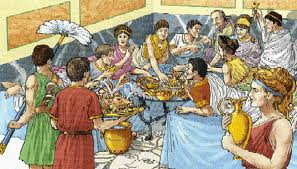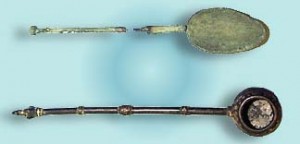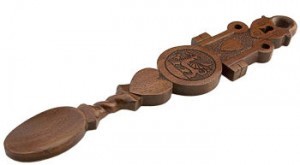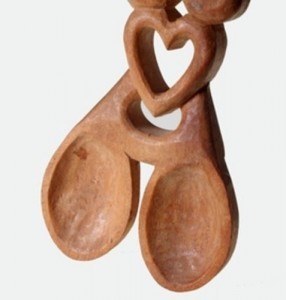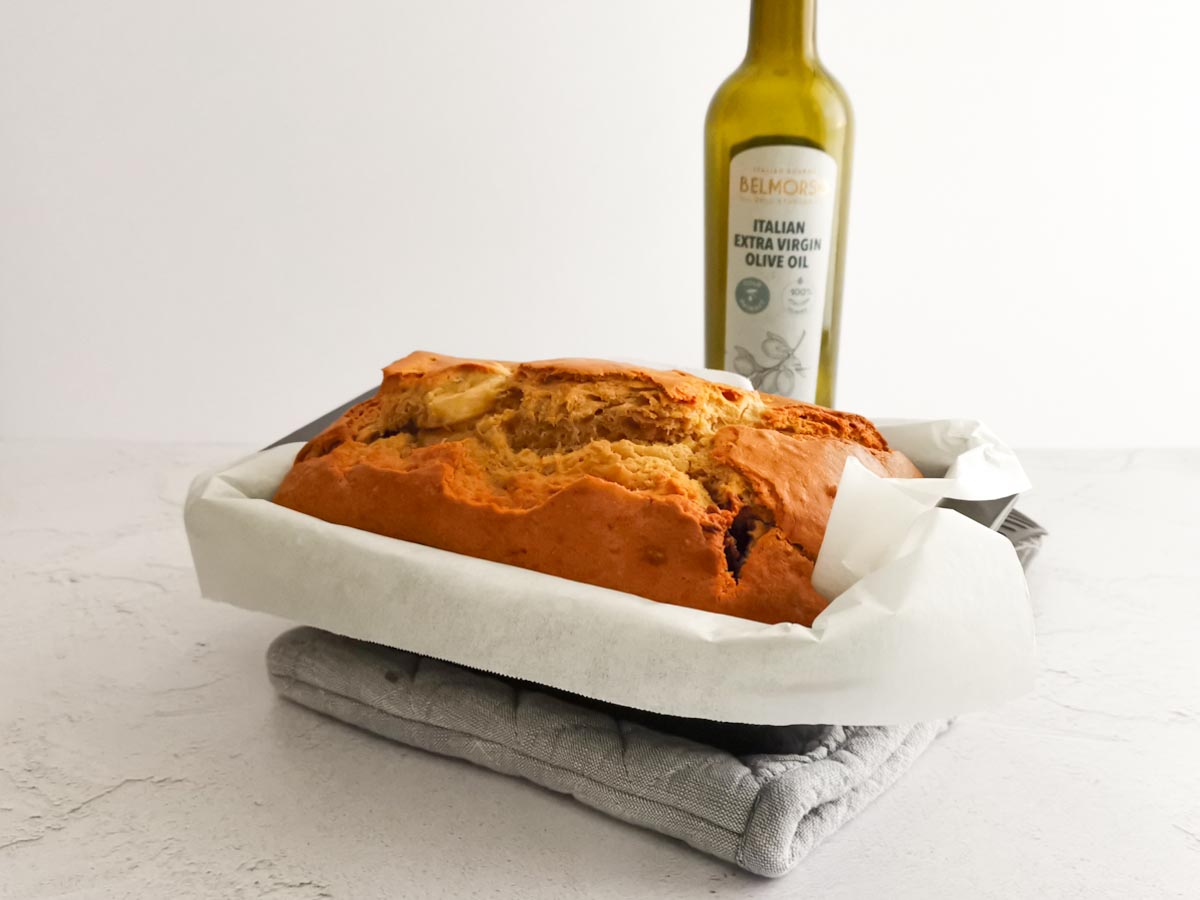
The Dinette Teller – 01. The Spoon
The word “spoon” derives from the Latin “cochlea” which means “snail, shell”, because of the external shape of these animals.
Since the Stone Age, men used their own hands as the only tool in eating. In the Greek Epoch, humans did not feel the need to make use of cutlery, since the food was already cut in the kitchen and served ready to be consumed. Hot dishes were eaten using the right hand, “to train the fingers to get burnt”, and using little cups with scented water inside, to refresh them during the meal.
The first appearance of the spoon goes back to the Roman Period, where two different kinds of this tool began to be produced, inspired by the shell of seafood. The first type was used for sauces, the second one for eggs and mollusks.
A special kind of spoon, the “Cyathus”, with the capacity of holding up to half a liter of wine at a time.
With the advent of Christianity, spoons became a holy good, which consequently increased its popularity.
In the 15th century, especially in Galles, the spoon symbolized love. It s said that a young maid was waiting for receiving a wooden spoon from her lover, rather than the typical ring of today. The spoon represented the promise of a guaranteed meal, and therefore of a serious engagement and true love. The young Walsh men used to decorate the spoon with the shape of the “heart”, meaning “Love”, and a “lock”, meaning “Home”, and “twin bowls with just one handle”, to represent the life to be shared together.
At the end of the 17th century, the formal Good Manners and Bon-Ton were introduced as proper arts, and cutlery was finally seen as fundamental utensils to eat. The way to grasp the spoon changed, using only three fingers, instead of the fist. Also, the shape changed into the modern one.
The most elegant spoons of the world are based in London: one in the London Tower, exclusively used during coronation ceremonies, and the second one is shown at the Victoria and Albert Museum. This one is made of rock crystal, which was supposed to be capable of detecting the presence of poison in the food.
The 18th and 19th century were characterized by the “Spoon’s Boom”, especially in France and England, where specific shapes of spoon were perfected, to be as more suitable as possible to the different kinds of ingredients, such as olives, soups, sugar, tea, cakes, and more others.

